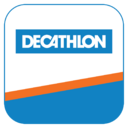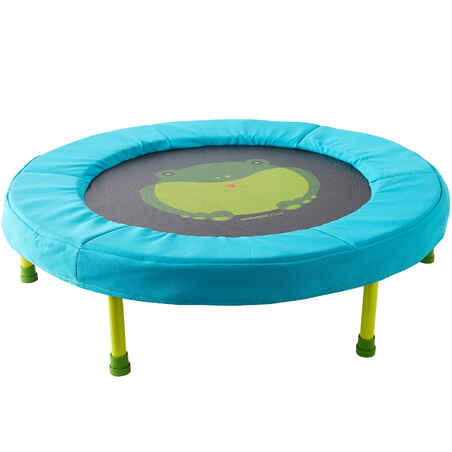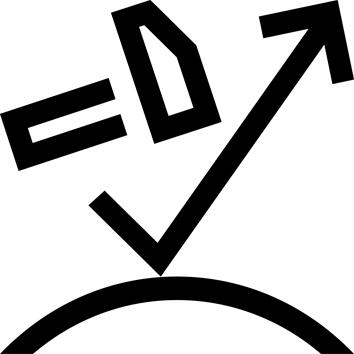Stages for reaching dynamic equilibrium
Children under the age of 4 must learn how to control their body and move in any given direction, then gradually refine their movements while moving their feet side by side. At age 4, children can walk with one foot in front of the other on a beam that is at least one and half times the width of their feet.
At age 6, children can walk heel to toe on a beam that is at least as wide as their feet.
Psychomotor development:
Kids' psychomotor development is based on genetics, motor skills, and psychology.
A product can influence the psychomotor development of a child if it affects their motor skills.
These motor skills include several main components: body mapping, dynamic coordination, balance, hand-eye coordination, fine motor skills, and temporal and spatial structuring.
Body schema
Body mapping is the child's representation of their own body, which allows them to refine their control over their movements, perceive their body, and generally gain self-awareness. It is developed based on sensations and actions ("a body that feels, moves"), before being represented and described ("bodily representation", drawing of a person).
The more a child moves, the more they learn to refine their body map and the better they're able to move.
Hand-eye coordination
Hand-eye coordination includes actions that allow children to aim with all or part of their body: for the youngest kids, following a path, then aiming with large objects and large targets, with hands and feet, and then gaining in precision until they reach total control with individual fingers: tapping, stringing beads, writing.
Temporo-spatial structuring
Temporo-spatial structuring includes everything that relates to the child's positioning in time (before/after, rhythmic activity, day/night, season, etc.) and in space (in front/behind, over/under, right/left, etc.).
User information:
Do not store directly on the ground. Use a protective mat to prevent damage to your floor and protect your children from possible spray.

















